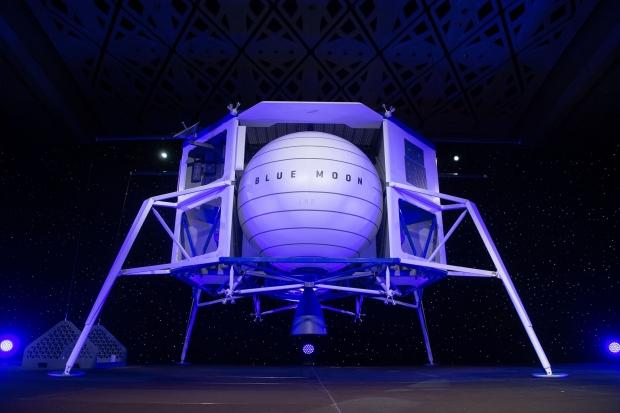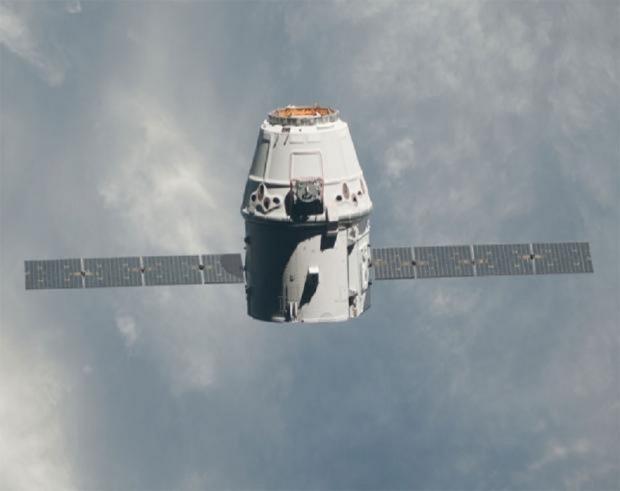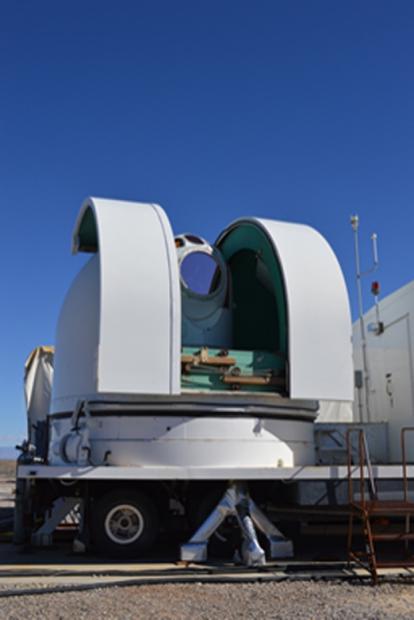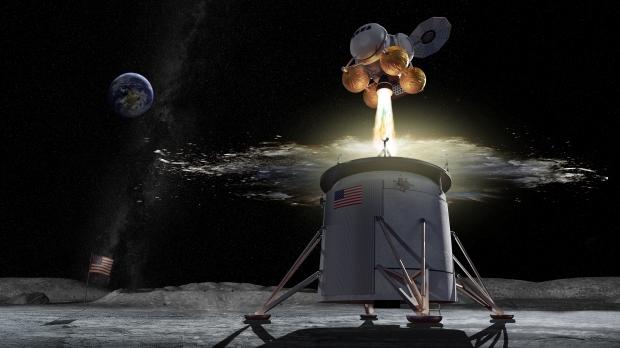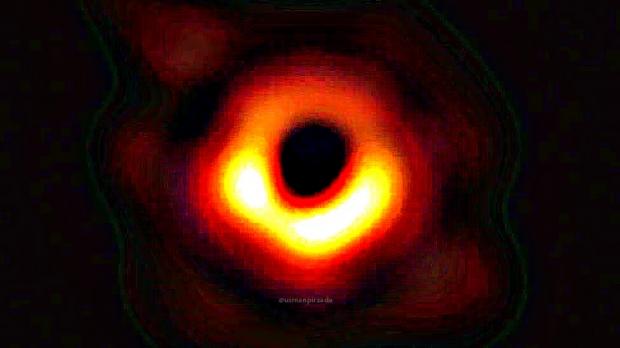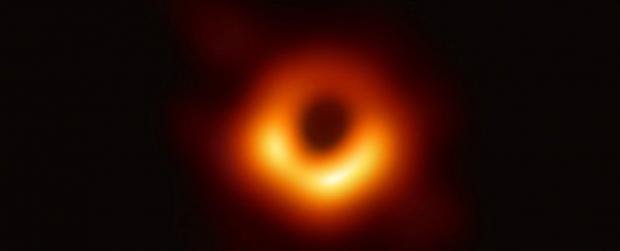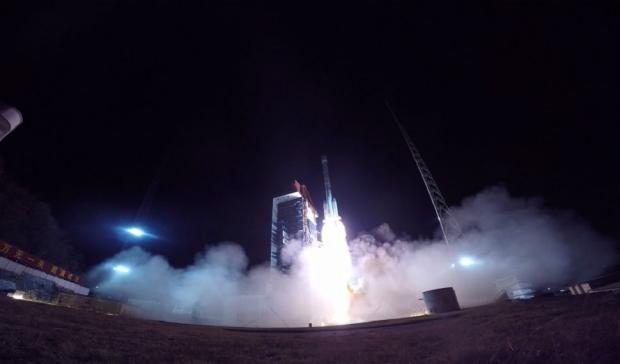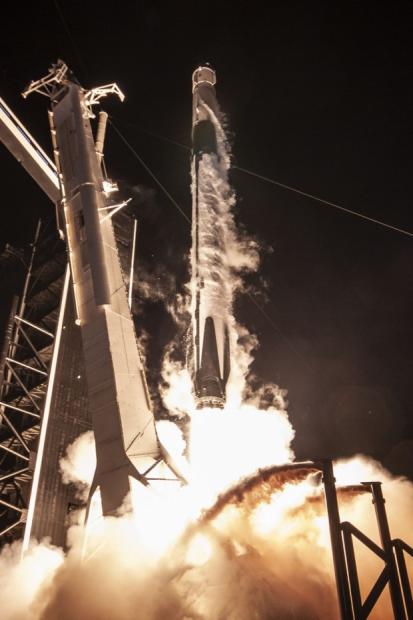Science, Space, Health & Robotics News - Page 396
NASA Hubble Telescope finds black hole gravitational anomaly
There is many black holes throughout the observable universe, and as humans attempt to try and discover physics behind these strange matter eating giants we are constantly thrown off track by new information. Today is one of those days.
NASA has been using its Hubble Telescope which is designed to view deep into space at objects that are many, many light years away, such as black holes. At the heart of the NGC 3147 galaxy, which is 130 million light years away, the Hubble Telescope spotted a black hole that was acting differently than expected. Supermassive black holes at the center of galaxies are matter swallower's, as their huge mass has been pulled into an infinitely small space, where their gravitational pull becomes infinite and space-time curves inwards infinitely.
Keeping this in mind, active galaxies feed these supermassive black holes which are at the center of galaxies. Black holes having such a large gravitational pulls usually produce a ring of space debris that circle the hole until it is swallowed. Galaxies that are less active and have smaller black holes don't have the gravitational pull to produce these material rings. The black hole that is in NGC 3147 shouldn't be one of those producing a ring, as scientists assumed the hole was starving. That wasn't what the Hubble revealed though.
Continue reading: NASA Hubble Telescope finds black hole gravitational anomaly (full post)
Jeff Bezos unveils giant lunar lander, will go to the moon
The billionaire founder of Amazon and owner of The Washington Post, Jeff Bezos, just unveiled a new giant lunar landing vehicle that was created by Blue Origin, his own rocket company. The new lander is called Blue Moon and comes in varying sizes and will take different payloads to the moon.
Blue Moon is the first step in what would turn into what Blue Origin calls a "sustained human presence" on the moon. Bezos said at the event: "This is an incredible vehicle, and it's going to the moon". The comapny has received multiple grants from NASA adding up into the millions in its mission to create critical lunar lander systems.
Bezos unveiled its new Blue Moon landers that have been designed to carry robotic and infrastructure payloads to the moon, with payloads weighing up to 7 tons (6.5 metric tonnes). The larger variant will, in Blue Moon's words, return Americans to the moon by 2024. Blue Moon explains: "the larger variant of Blue Moon has been designed to land an ascent vehicle that will allow us to return Americans to the moon by 2024".
Continue reading: Jeff Bezos unveils giant lunar lander, will go to the moon (full post)
SpaceX's Dragon spacecraft brings supplies to Space Station
NASA has announced that SpaceX's Dragon spacecraft is set to deliver supplies to the International Space Station today, the craft will bring science supplies and hardware.
NASA has shared the news to its official Twitter account saying that Dragon will be leaving earth and will rendezvous with the Space Station starting on 5:30am ET. The launch will be live-streamed and will be the expected arrival time is 7:30 a.m. Back in early March we learned that the mission would carry 400 pounds of supplies and equipment and that eventually SpaceX will be looking to send astronauts and not just cargo to the International Space Station.
If you are interested in checking out the successful splashdown of the Crew Dragon back in early March visit that footage here. If you want to keep on top of what NASA is doing you can visit the official NASA website here.
Continue reading: SpaceX's Dragon spacecraft brings supplies to Space Station (full post)
US Air Force take missile down with next-gen defensive laser
The US Air Force has gone next-gen in defensive technology and have demonstrated with a ground-based laser that they can shoot missiles out of the air.
The above image is what is called Self-Protect High Energy Laser Demonstrator, or SHiELD for short. SHiELD is located at the White Sands Missile Range and a recent demonstration has proved that the new technology can still perform when intense scenarios are occurring. The laser is intended as a defensive technology, with the end goal being it shrinking down and becoming portable by it being applied to jets.
While this is some pretty darn cool technology don't expect that it will be going live anytime soon. The first airborne tests are expected to be conducted sometime in 2021, so its a fair way off before it is implemented. When that time arrives and SHiELD is fully developed air combat could be changed forever as the ultimate defensive weapons has been created.
Continue reading: US Air Force take missile down with next-gen defensive laser (full post)
NASA to seek proposals for human lunar landing system
NASA plans on putting a man and a women on the Moon by 2014, to do that they are going to need integrated human lunar landing systems.
NASA are sticking to their guns with their goal of putting a man and the first women on the moon by 2024. To do this the Space exploration administration is seeking proposals from the industry in support of rapid development of an "integrated human lunar landing system" that will include "elements such as a descent element, ascent element, and transfer vehicle."
NASA will be going over proposals from U.S industry that fulfill their needs of integrating a crewed demonstration of the elements they require and accurately meet the challenge of getting a man and the first women on the moon by 2024. If you are interested in checking out anymore news regarding NASA, head on over to their website here.
Continue reading: NASA to seek proposals for human lunar landing system (full post)
Black Hole image ran through de-blurring software has focus
Back last week, we gained a new achievement as a human race as for the first time we photographed a black hole. The image was a major success and has been run through some de-blurring software.
Above is the original zoomed up image of the super-massive black hole which has been taken by Earth's Event Horizon Telescope. In the entirety of this post you will find the zoomed out image that captures the other particles floating around the center, and you will also find a simulated focus image in a side-by-side comparison to the original zoomed up image.
WCCFtech has also run the image through both simulated blur and simulated focus which has pulled the color out of the image and given a much more donut defined shape to what we are looking at. From this comparison image, we can see that the stimulated focus image looses resolution and provides a more vibrate increase of color. This use of the focus also deepens the blacks, which improves the quality of the black holes center.
Continue reading: Black Hole image ran through de-blurring software has focus (full post)
First ever image of Supermassive Black Hole captured in HD
The very first image of a supermassive black hole has been taken by Earth's Event Horizon Telescope, bask in its extremely dense but gorgeous gravitational pull.
Firstly, the image has been captured with the Event Horizon Telescope which instead of using a singular telescope to take the image, uses a global network array of radio telescopes. The energy of these radio telescopes are honed in to create one big telescope that gave us enough power to be able to capture the above image.
The supermassive black hole is located somewhat 55 million light years away and is at the very centre of the elliptical galaxy M87. Astrophysicist Luciano Rezzolla of Goethe Universitat in Germany spoke out about the recent achievement, saying "The confrontation of theory with observations is always a dramatic moment for a theorist. It was a relief and a source of pride to realise that the observations matched our predictions so well."
Continue reading: First ever image of Supermassive Black Hole captured in HD (full post)
US astronauts will land back on the Moon in just 5 years
The US has just announced that within the next 5 years NASA plans to return American astronauts to the moon surface.
Vice President, Mike Pence has spoken on behalf of Donald Trump, President of the United States on returning American astronauts to the moons surface. Pence announced at National Space Council that the US is now planning on returning American astronauts to the moon within the next 5 years. The goal is to land the astronauts by 2024 and "establish a permanent presence there, & develop the technologies to take American astronauts to Mars & beyond."
While the time-line is certainly short, Pence expresses that when correctly motivated that the US can move efficiently and effectively towards their desired goal. Pence also talks about how the rockets that will be used will be built and launched from US soil, he even suggested that if required private rockets will be used to make success of the mission. Pence says that the US "must remain first in space" and that the "rules and values of space" need to be written by establishing a more suitable and permanent position.
Continue reading: US astronauts will land back on the Moon in just 5 years (full post)
China hit Space industry milestone by launching 300th rocket
Just last week, China managed to hit a Space milestone with the launch of their 300th rocket. The launch carried a satellite into Earths orbit and marks quite the achievement for China's National Space Administration.
Wu Yansheng, the board chairman of the China Aerospace Science and Technology Corporation has spoken out about the achievement, saying "This is a milestone for China's space industry development." The launch was carried out at Xichang Satellite Launch Center in the southwestern Sichaun Province, and featured a Long March 3B rocket that carried the ChinaSat 6C satellite into orbit.
According to the Xinhua news service, the first Long March rocket that was launched by China dated back to April 24th, 1970. That rocket which was titled Long March 1 carried the country's first satellite, Dongfanghong-1 and could only carry a total weight of 661 lbs, or 300 kilograms into orbit. Since then China has managed to make a staggering 17 variants of the original rocket, and also managed to drastically increase the carrying capacity of each of the rockets. The rocket that can carry the heaviest load weighs is called the heavy-lift Long March 5 and can carry 27.6 tons of weight to low-Earth orbit. If the desired trip is further than low-Earth orbit, the rockets weight must be reduced to 15.4 tons.
Continue reading: China hit Space industry milestone by launching 300th rocket (full post)
Elon Musk & NASA want to send civilians to the space station
Elon Musk has just launched 'Crew Dragon' on the Falcon 9 rocket headed for the International Space Station. The rocket will be performing a six-day demonstration mission that could lead into astronauts being sent to the International Space Station if the mission proves successful.
'Crew Dragon' was launched on March 2nd and is an unmanned mission that will be transporting 400 pounds of "supplies and equipment to the Space Station". The main goal of this launch is to demonstrate that SpaceX has developed a way to safely transport humans to the International Space Station, which would eventuate in Crew Dragon capsule carrying up to four NASA astronaut passengers. If this test which has been titled 'demo-1' is successful we could see two NASA astronauts make the trip sometime this summer.
SpaceX engineers and NASA have been working together under a $2.6 billion commerical-crew contract that could potentially be open to general populous space tourists as well. According to a recent statement from Musk at NASA's Kennedy Space Center, "People have gone to space station on Soyuz", which is in reference to the very small amount of Russian civilians who have paid between $20-$40 million to travel to Russia's 'Soyuz' spacecraft. Musk continues and says "And I think it'd be pretty cool if people went to space station on an American vehicle as well. I think that's something that we'll do, and NASA's very supportive of that."
Continue reading: Elon Musk & NASA want to send civilians to the space station (full post)



